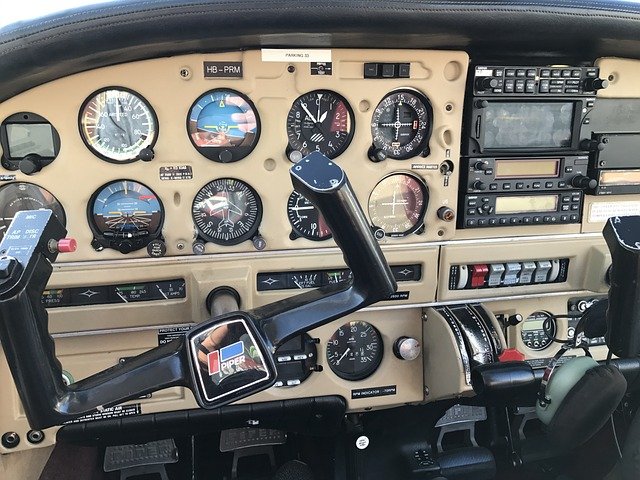Aviation Training: What to Expect and How It Can Benefit You
Aviation training programs may vary in structure and focus, but they often aim to provide foundational knowledge and practical skills for those interested in the field. Whether for personal goals or career exploration, there are ways to learn about aviation that are accessible and informative. Discover more in this article.

What Are the Basic Requirements for Aviation Training?
Before beginning aviation training, students must meet certain prerequisites. The Federal Aviation Administration (FAA) requires student pilots to be at least 16 years old to fly solo and 17 to obtain a private pilot license. You’ll need a valid medical certificate from an FAA-approved physician and be able to read, speak, and understand English fluently. Additionally, having a high school diploma or equivalent is typically required for most structured training programs.
What Types of Aviation Training Programs Are Available?
Aviation training programs come in various formats to suit different goals and schedules. Part 61 flight schools offer flexible, individualized training, while Part 141 schools follow a structured, FAA-approved curriculum. Options include:
-
Private Pilot Training
-
Commercial Pilot Training
-
Instrument Rating Courses
-
Multi-Engine Ratings
-
Flight Instructor Certification
How Long Does Aviation Training Typically Take?
The duration of aviation training varies depending on the program type and individual progress. A private pilot license typically requires 40-60 flight hours, which most students complete in 6-12 months. Commercial pilot training can take an additional 12-18 months, including the required 250 flight hours. Factors affecting completion time include weather conditions, training frequency, and personal dedication.
What Skills Will You Learn During Aviation Training?
Aviation courses cover comprehensive ground and flight training components. Students learn:
-
Aircraft systems and operations
-
Navigation and flight planning
-
Weather interpretation
-
Aviation regulations
-
Emergency procedures
-
Radio communications
-
Aeronautical decision-making
What Career Opportunities Come with Aviation Training?
Aviation training creates pathways to diverse career opportunities. Graduates can pursue positions as:
-
Commercial airline pilots
-
Corporate pilots
-
Flight instructors
-
Cargo pilots
-
Agricultural pilots
-
Search and rescue pilots
-
Tour pilots
What Are the Typical Costs and Available Training Options?
| Training Type | Estimated Cost Range | Duration |
|---|---|---|
| Private Pilot License | $10,000 - $15,000 | 6-12 months |
| Commercial Pilot License | $30,000 - $45,000 | 12-18 months |
| Instrument Rating | $8,000 - $12,000 | 3-6 months |
| Multi-Engine Rating | $4,000 - $8,000 | 1-2 months |
| Flight Instructor Certificate | $5,000 - $8,000 | 2-4 months |
Prices, rates, or cost estimates mentioned in this article are based on the latest available information but may change over time. Independent research is advised before making financial decisions.
Aviation training represents a significant investment in your future, whether pursuing flying as a career or hobby. The journey requires dedication, perseverance, and a strong commitment to safety and continuous learning. While the path may be challenging, the rewards of mastering flight skills and achieving aviation certifications make it a worthwhile endeavor for those passionate about aviation.




